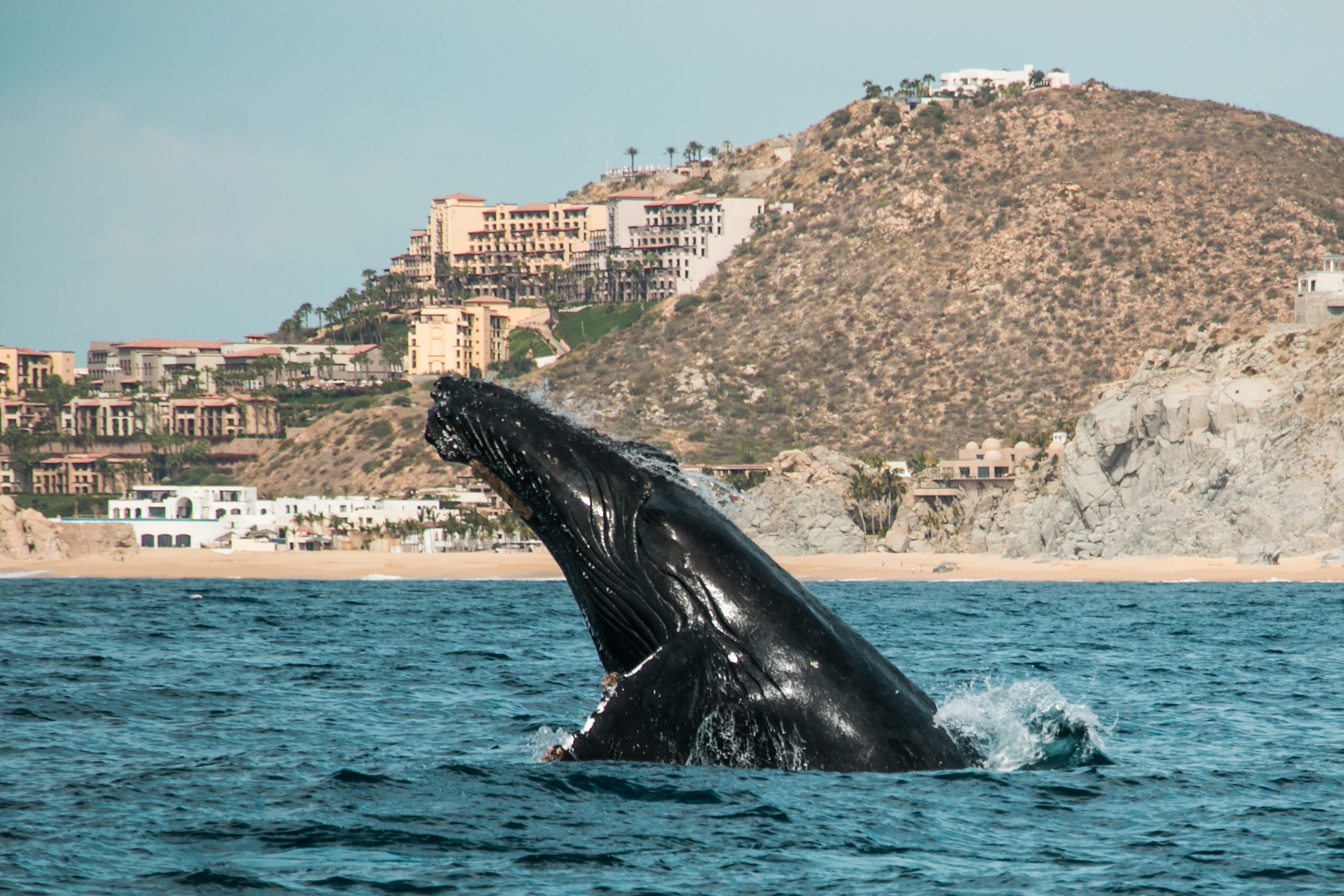Compliance and enforcement
Management effectiveness
- Last updated | 14 December 2023
A common cause of marine protected areas failing to meet their objectives is due to a lack of user compliance with rules and regulations within the MPA. The reasons for a lack of compliance can be varied, including poor engagement of MPA users during the planning process (see Factsheet 18), a lack of information regarding patterns of use within the MPA (see Factsheet 16) poor enforcement capacity (and/or political will), or due to logistical issues related to the location of the MPA [1].
Therefore, MPA compliance is not just related to enforcement, although enforcement is an important tool. Other tools include education, stakeholder engagement, seeking to understand user behaviour, and surveillance, with enforcement and prosecution as last resorts [2]. Understanding the motivations behind non-compliance can help to determine the most appropriate tools to use [3].

Compliance programmes based on education and public awareness, such as CEPA, are far cheaper than those based on enforcement [4]. These may include stakeholder engagement (at all stages of MPA planning and management), and prominent display of information outlining regulations and their rationale (and penalties for breaches) online and at sites such as boat ramps. An effective education programme, as well as promoting MPAs and aiding in their planning, is an important part of compliance [5].
Covering 344,400 km2, zoning compliance and enforcement on the Great Barrier Reef involves a diverse range of tools. Education and public outreach include the distribution of free zoning maps, signage at boat ramps, electronic maps for GPS, news releases, media interviews, advertising, and billboards.
urveillance includes regular boat and aircraft patrols, which are conducted in collaboration with a range of State and Federal agencies. The Great Barrier Reef Marine Park Authority contains a dedicated compliance unit, which collaborates with agencies responsible for parks and wildlife, boating and fishing, customs, maritime safety, and police services.
The authority also encourages all users of the Marine Park (recreational and commercial) to report suspected illegal activities, thus forming an extra source of surveillance information for the managing agencies.
[1] Journal: Agardy, T., Notarbartolo di Sciara, G., Christie, P. (2011) Mind the gap: addressing the shortcomings of marine protected areas through large scale marine spatial planning. Marine Policy 35:226-232
[2] Journal: Day, J. C., Laffoley, D. and Zischka, K. (2015) ‘Marine protected area management’, in G. L. Worboys, M. Lockwood, A. Kothari, S. Feary and I. Pulsford (eds) Protected Area Governance and Management, pp. 609–650, ANU Press, Canberra
[3] Journal: OECD (2017), Marine Protected Areas: Economics, Management and Effective Policy Mixes. OECD Publishing, Paris.
[4] Journal: Kelleher, G. (1999). Guidelines for Marine Protected Areas. IUCN, Gland, Switzerland and Cambridge, UK. xxiv +107pp
[5] Journal: Hoyt, E. (2011). Marine Protected Areas for Whales, Dolphins and Porpoises: A World Handbook for Cetacean Habitat Conservation and Planning. Routledge, 2011.
[6] Journal: Jones, P. J. S. (2014). Governing Marine Protected Areas: Resilience through Diversity. Routledge, 2014
If you would like to get in contact with us, please use the button below.
Copyright 2022 © All rights Reserved. Design by piknetart.com